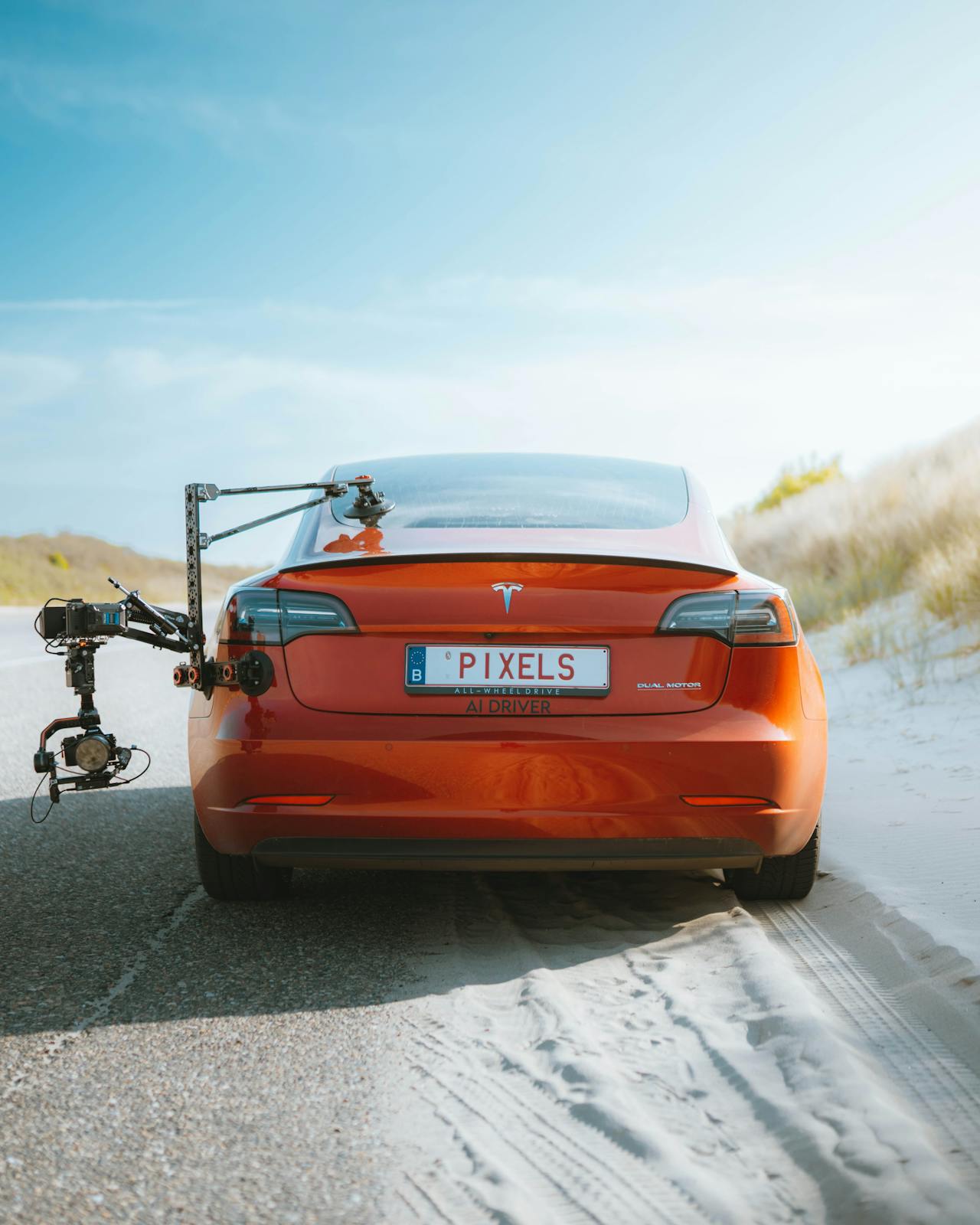How Tesla Disrupted the Global Auto Industry in Just 10 Years
Ten years ago, Tesla was an ambitious but niche electric vehicle (EV) maker struggling to meet production targets and survive on razor-thin margins. Fast forward to 2025, and Tesla isn’t just leading the EV revolution—it has fundamentally rewritten the rules of the global auto industry. From manufacturing innovation to software monetization, Tesla’s playbook has become the blueprint everyone else is scrambling to follow.
The Inflection Point: Model 3 and the 2018–2020 Production Hell
Tesla’s breakout moment came with the Model 3, launched in late 2017. But “production hell” from 2018 to 2020 nearly broke the company. It took Elon Musk sleeping in factories, constant line retooling, and an “alien dreadnought” vision of full automation that mostly failed—at first.
By 2020, Tesla had shipped over 500,000 vehicles, proving demand existed beyond luxury niches. That same year, the company became the world’s most valuable automaker by market cap, surpassing Toyota.
From Automaker to Tech Company: Tesla’s Business Model Shift
Unlike traditional automakers that rely heavily on dealership networks and third-party suppliers, Tesla vertically integrated nearly every aspect of its business—from batteries to software.
| Business Area | Legacy Automakers | Tesla |
|---|---|---|
| Software Revenue | <$100 per car (avg) | ~$3,200 per vehicle (2025 avg) |
| Dealership Model | Franchise-based | Direct-to-consumer only |
| Over-the-Air Updates | Rare | Standard across all models |
| In-House Chips (FSD) | None | Full self-driving chip design |
In 2025, Tesla’s software and services division alone generated $12.8 billion, up from just $1.1 billion in 2019. That includes Full Self-Driving (FSD) subscriptions, premium connectivity, and even in-car gaming revenue.
Manufacturing Breakthroughs: Giga Factories and Vertical Scaling
Tesla now operates seven gigafactories globally, with its Giga Texas and Giga Berlin facilities producing both vehicles and 4680 battery cells at scale. These factories operate on a “single cast” principle—meaning most of a car’s frame is made with just two or three large die casts, reducing complexity and assembly time.
This shift cut production time by 43% and slashed costs by an estimated $2,800 per vehicle, allowing Tesla to sustain higher margins even as it reduced prices globally to undercut competitors.
| Metric | 2015 | 2020 | 2025 (est.) |
|---|---|---|---|
| Vehicles Produced | 50,580 | 499,550 | 3.92 million |
| Gross Margin per Vehicle | ~18% | ~23% | ~28% |
| Average Price per Vehicle | $84,000 | $56,000 | $41,800 |
Tesla is now the largest EV manufacturer in the world by volume and revenue.
The Autonomous Edge: FSD and AI Training
Tesla’s autonomous strategy has diverged sharply from the Lidar-heavy path taken by rivals like Waymo and Cruise. Tesla instead bet entirely on vision-based AI, trained on data from its global fleet.
In 2025:
- Over 1.6 million vehicles run the FSD Beta program globally.
- Tesla trains its neural networks using over 100 million miles of real-world video daily.
- Regulators in Texas, Dubai, and parts of Germany have greenlit limited FSD operation without human supervision.
While still controversial, Tesla’s autonomy approach is closer than any competitor to being scalable and profitable.
Tesla’s Global Expansion and Market Domination
Tesla has become a formidable global player, especially in markets where infrastructure favors EVs:
- Europe: Holds 28% of the EV market, led by Model Y.
- China: Despite geopolitical tensions, Shanghai Gigafactory remains Tesla’s highest-output plant.
- India & Southeast Asia: Entered aggressively in 2024 with local assembly partnerships.
Even in the U.S., legacy automakers like Ford and GM have halted several EV projects in 2025 due to pricing pressure from Tesla’s sub-$30k Model 2.
Tesla vs Traditional Automakers: A Structural Shift
| Category | Tesla (2025) | Traditional OEMs (avg) |
|---|---|---|
| Annual Software Revenue | $12.8B | <$1B |
| Average Margin | ~28% | 8–12% |
| OTA Software Deployment | Weekly updates | Biannual at best |
| Direct Sales Channels | 100% online | <10% online |
| R&D Spending (% revenue) | ~10.4% | ~4.7% |
Tesla’s agility, vertical control, and relentless iteration cycles have created an almost insurmountable competitive moat—especially in the age of software-defined vehicles.
FAQ: Tesla Disrupted The Global Auto Industry
Q1: Is Tesla more of a car company or a tech company now?
Tesla’s core revenue still comes from vehicles, but software and AI services are now growing faster and more profitably. It’s fair to say it straddles both worlds.
Q2: What gives Tesla such high profit margins compared to traditional automakers?
A combination of vertical integration, in-house battery production, direct sales, and software add-ons allow Tesla to operate with fewer middlemen and higher per-unit returns.
Q3: Has Full Self-Driving been approved globally?
Not yet. While FSD is allowed in certain geofenced areas in the U.S., Germany, and UAE, most regions still require human oversight. Regulatory approval remains Tesla’s biggest challenge.
Q4: What’s next for Tesla after disrupting the car industry?
Energy storage (Megapack), robotics (Optimus), and AI infrastructure (Dojo supercomputer) are Tesla’s next frontiers—all of which could be multi-billion-dollar markets.



